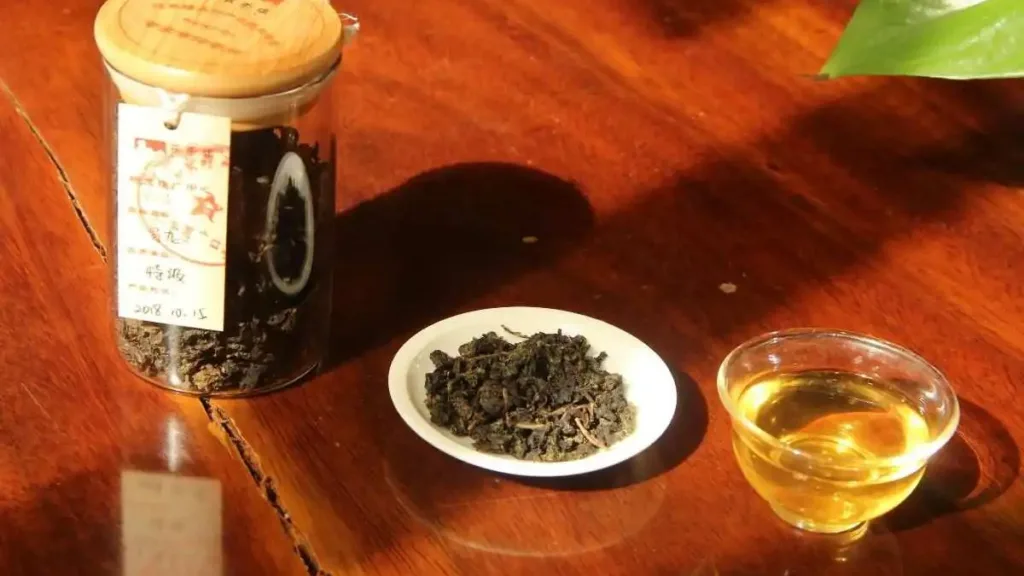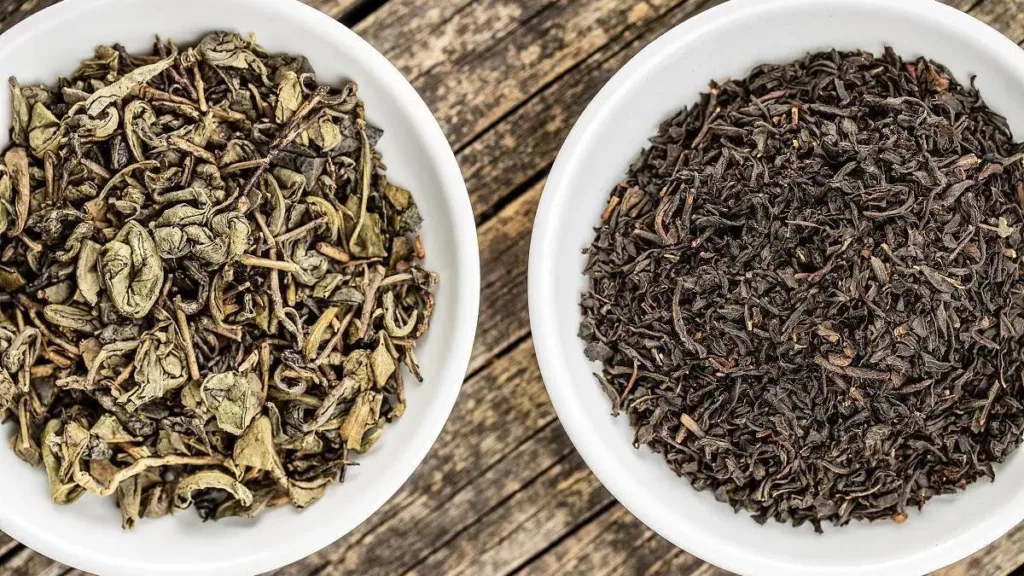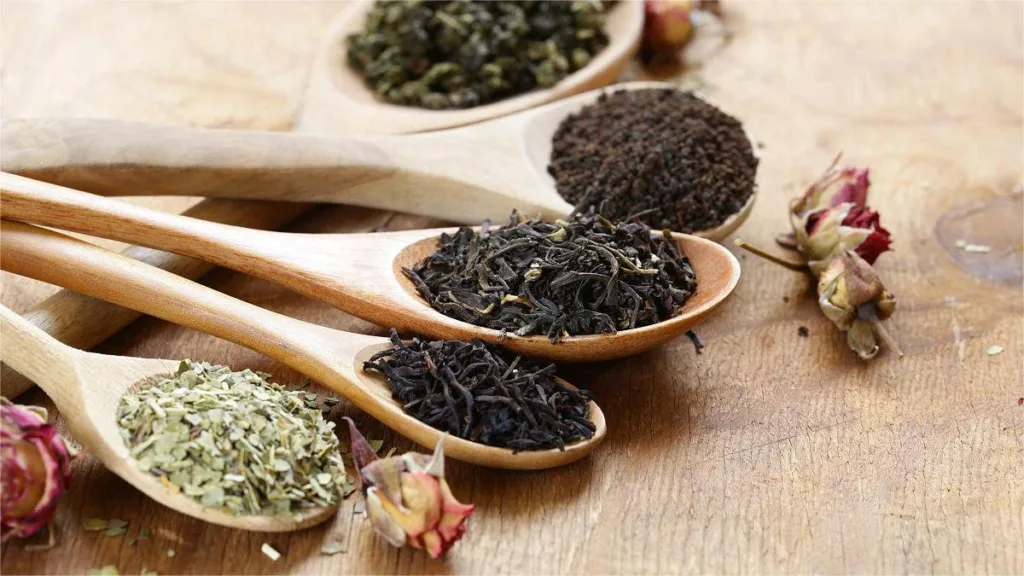Bubble tea, also known as boba tea, is a widely popular beverage enjoyed by many around the world, but its origins and cultural roots trace back to Taiwan. While there might be some confusion due to the presence of tea and tapioca pearls in Chinese cuisine, the creation of bubble tea as it is known today occurred in Taiwan during the 1980s.
The story behind bubble tea’s creation involves innovation and experimentation. In Taiwan, tea stands were already prevalent, offering various tea-based beverages. It was during this time that a teahouse owner, Chun Shui Tang teahouse, purportedly combined cold Chinese tea with fruit flavors, added tapioca pearls for texture, and served it with a large straw, resulting in the birth of bubble tea.
The name “bubble tea” originated from the frothy bubbles created when the tea was shaken or stirred vigorously with the added ingredients. The tapioca pearls, commonly called “boba,” lend a unique chewy texture to the drink, distinguishing it from traditional tea beverages.
While the ingredients, especially tea and tapioca pearls, have origins in Chinese cuisine, the concept and the specific concoction of bubble tea with flavored tea, milk, or fruit, combined with tapioca pearls, was developed and popularized in Taiwan.
Nevertheless, bubble tea’s popularity quickly spread globally, becoming a beloved beverage in many countries, including China. As its fame grew, variations emerged, incorporating different flavors, toppings, and types of tea.
In China, bubble tea is commonly enjoyed and has become an integral part of the beverage landscape, with numerous shops and chains offering various versions of the drink. However, it’s crucial to recognize its Taiwanese roots, where its creation and early popularity took place.
In summary, while bubble tea’s components have ties to Chinese cuisine, the specific concoction and cultural origins of bubble tea as a unique beverage can be traced back to Taiwan. Its journey from a local Taiwanese creation to a global sensation demonstrates the impact of cultural innovation and culinary exploration in shaping beloved drinks enjoyed by people from diverse backgrounds.



